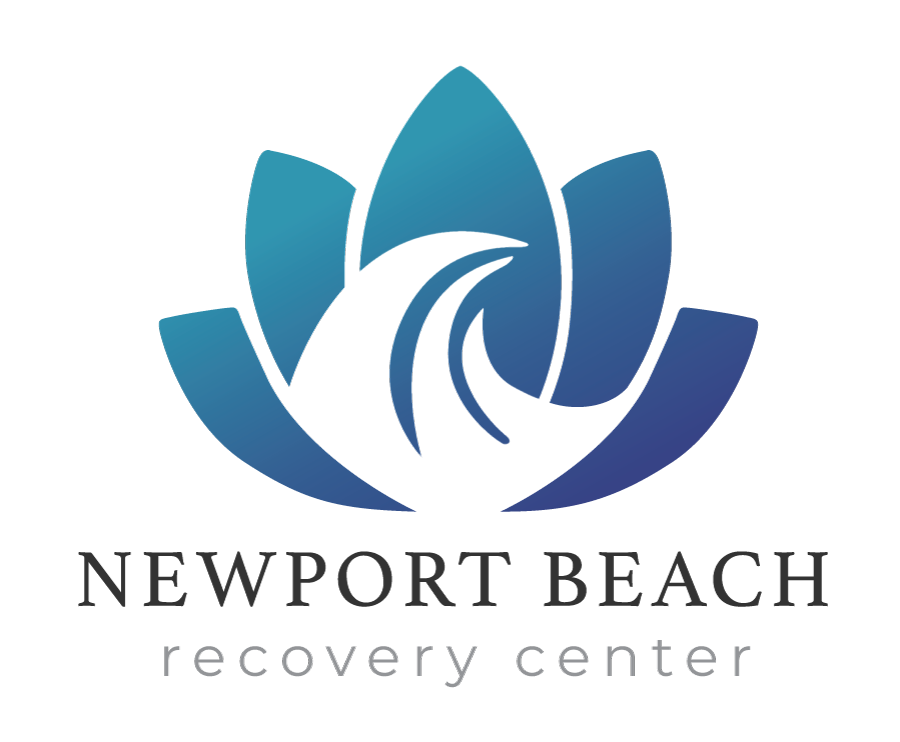What is Inpatient Treatment?
This is the type of treatment you hear about most often. You are admitted to a facility that literally becomes your world for the duration of the process. The person undergoing treatment may first have to undergo a detox program for a few days at a hospital or other facility where the process is supervised by medical doctors. Some inpatient facilities are able to accommodate you during this time, but you will need to ask if they have that capability. Detox itself is the most dangerous time of addiction treatment physically and undergoing it without medical help is often dangerous. Once the drug or drugs in question are out of your system, the healing process can begin.
Inpatient treatment requires you to live at a facility where you will be scheduled for things like one-on-one counseling, group counseling, recreational activities and more. You will be totally immersed in the recovery process. Decisions such as when to eat and sleep will be made for you. Friends and family will only be able to call or visit during scheduled times. These programs normally last an average of ten weeks but the time can vary.
During an inpatient stay, your entire focus is on recovery and learning the skills that will help you stay strong when you leave.
What is Outpatient Treatment
Outpatient treatment allows you to live in your home and visit a facility several times a week for counseling sessions. These may include individual, group, family counseling, or a combination of these. During outpatient treatment, you are able to continue living in your own home and going to work each day. You maintain your own schedule and decide when to see friends and family. Many times, outpatient treatment will include having someone to call when you feel you may backslide. Before undergoing outpatient treatment, you will likely have to spend a few days in a hospital-type setting to undergo physical detox.
Unlike inpatient treatment, your entire focus will not be on treatment. You will most often continue your job, interact regularly with friends and family and otherwise continue with the responsibilities you normally take on.
So, Which Treatment Option is Best?
Both inpatient and outpatient treatment programs have pros and cons and only you and an intake counselor will be able to determine which is best for your particular situation. Some of the major differences include:
*With inpatient treatment, you are in a completely new environment and surrounded by others who are also undergoing drug rehab. This allows you to be around others who can fully understand what you are going through. The downside is that you have limited contact with friends and family who may be important as part of your support system.
*In outpatient treatment, you are in a familiar environment, can continue the positive routines such as work and parenting, and can regularly access the support of positive friends and family. If, however, this environment or these people are going to expose you to the drugs or alcohol that have been a part of your problem, it can undermine your efforts at healing.
*Some insurances won’t cover the cost of one kind of treatment or another. You will have to find out in advance exactly what your insurance will and won’t cover. Outpatient programs cost less than inpatient ones because they don’t include a room to live in or food. Cost may be a factor in making your decision.
*With inpatient rehab, you are taught new coping skills and ways to replace your addiction with positive activities. When you are discharged, you have the knowledge but must take time practicing these new skills. With outpatient treatment, you will also be given these skills but must practice them immediately. This helps you master the skills earlier, but may also make it more difficult as you are putting them into practice before you may be ready.
Final Thoughts
Talking with an intake person will help you make your decision about which type of program is best for you. Each person has a different set of needs, different severity of the addiction, and different support system, so there is no one program that is perfect for everyone. When you are ready to put addiction behind you, contact Newport Beach Recovery to speak with an intake counselor. We’re waiting for your call.
